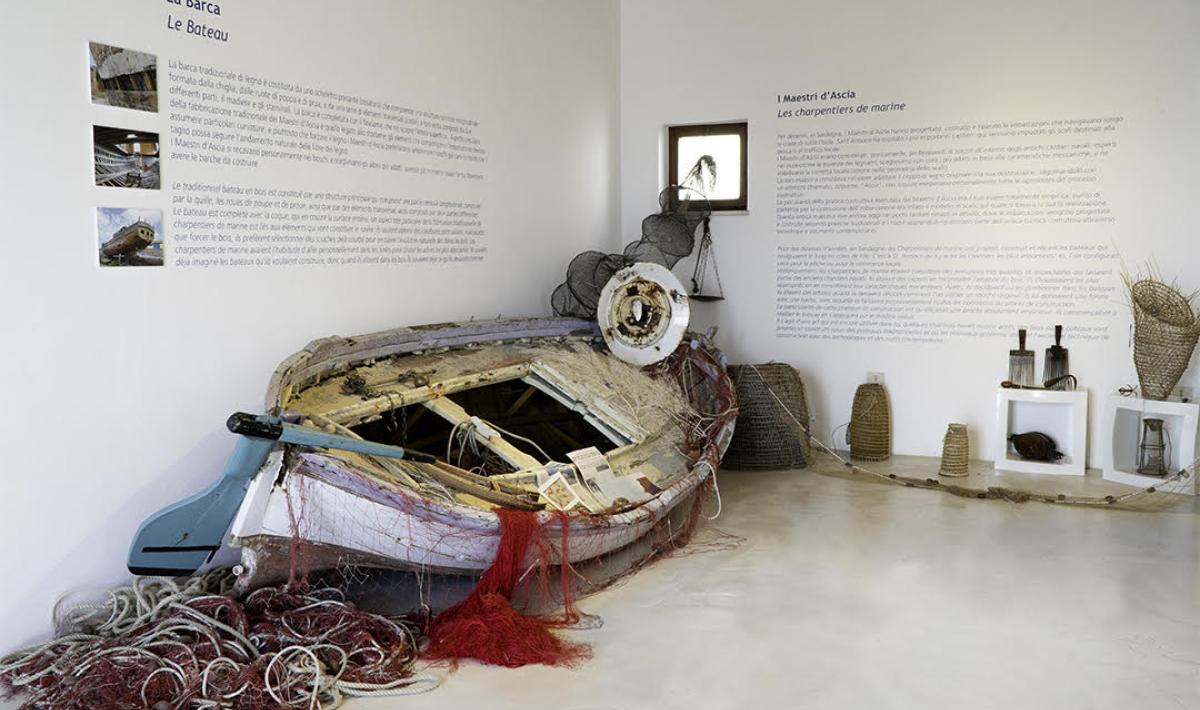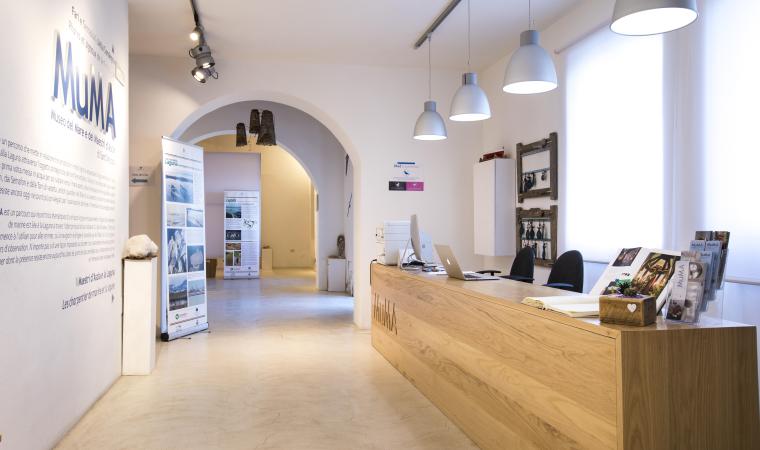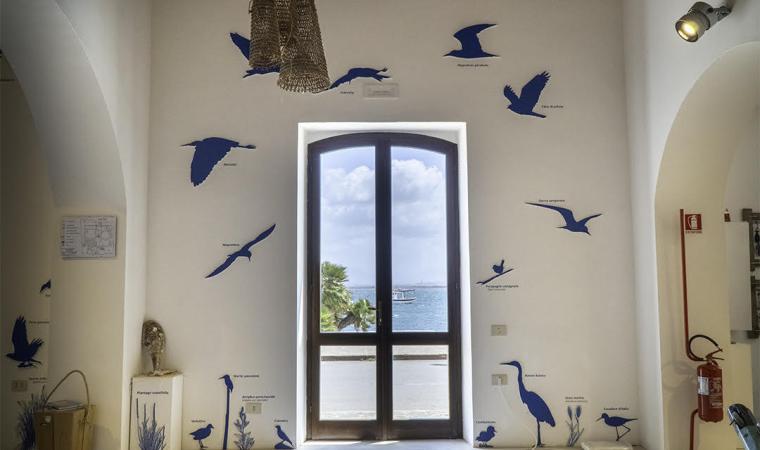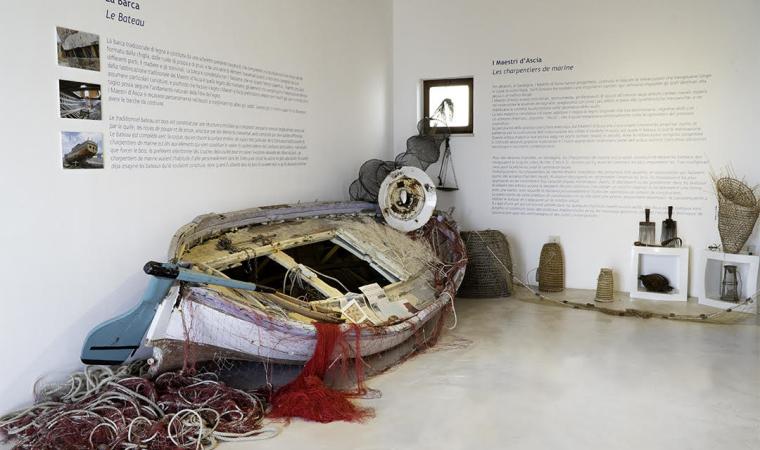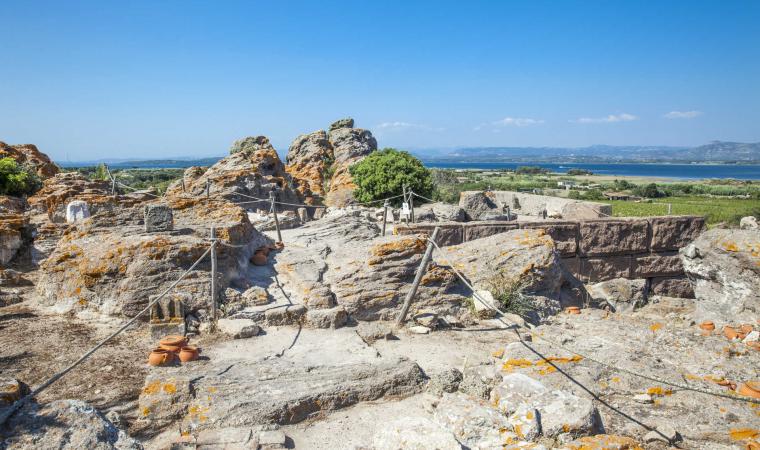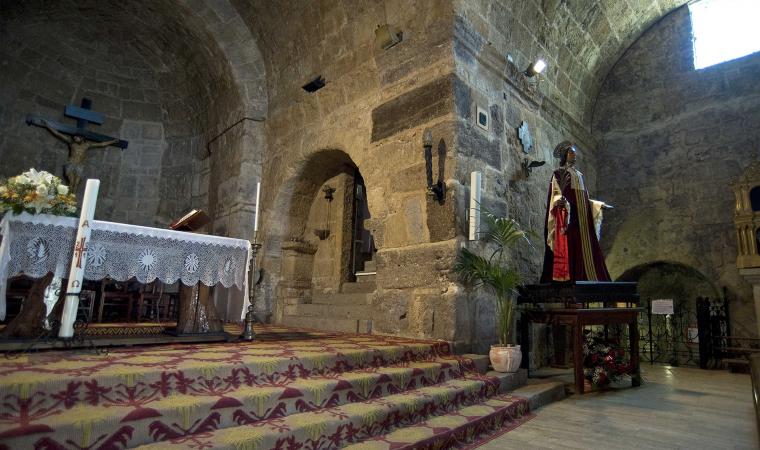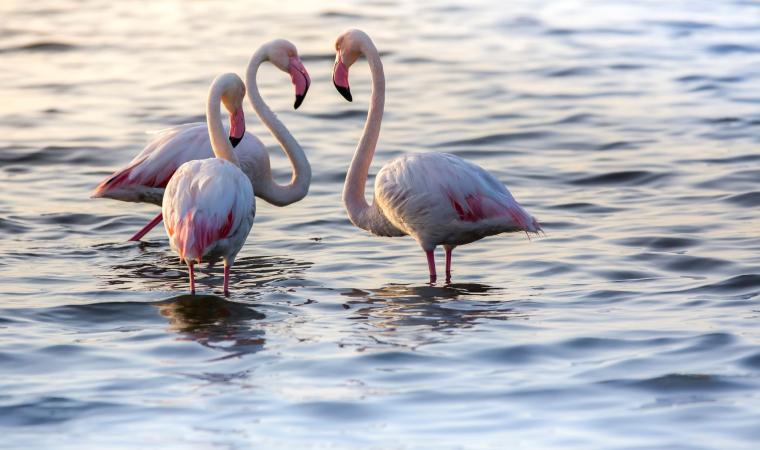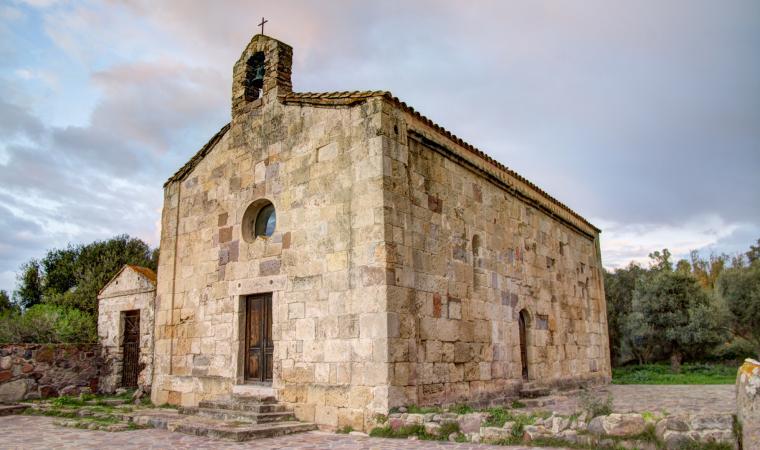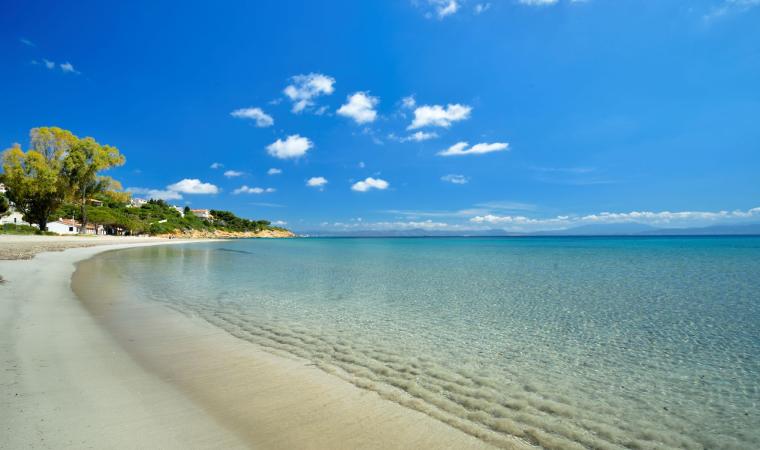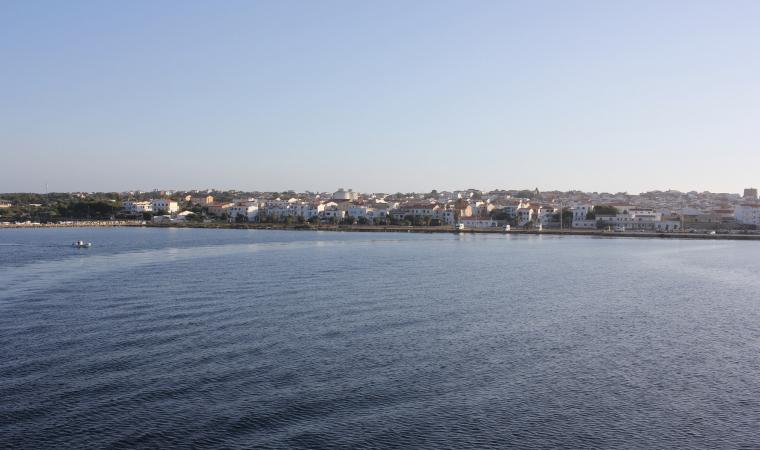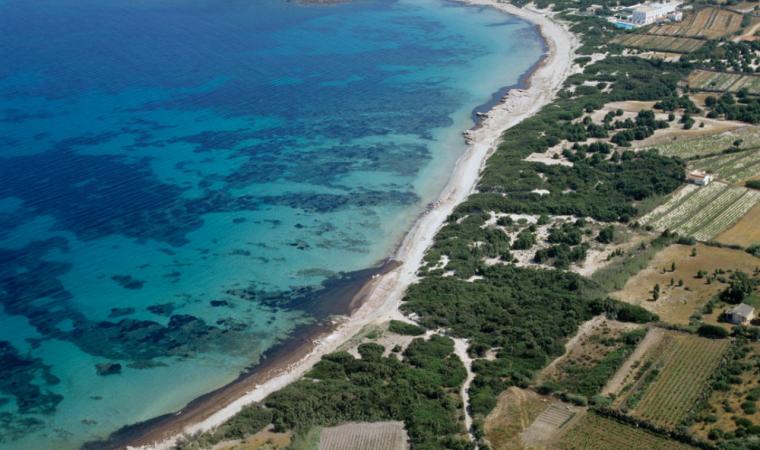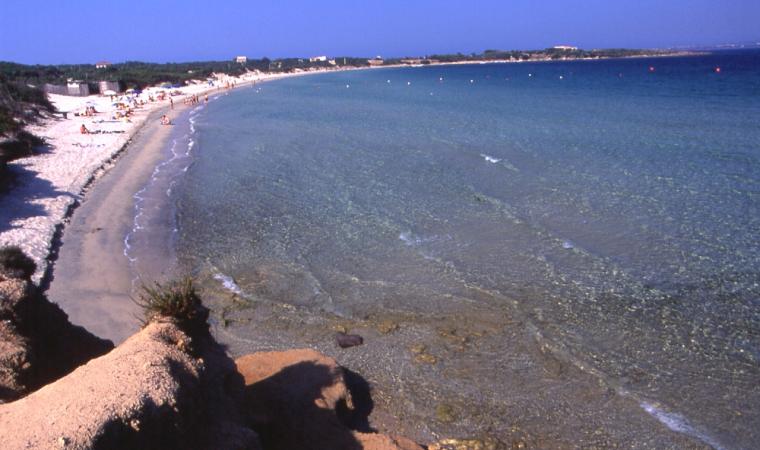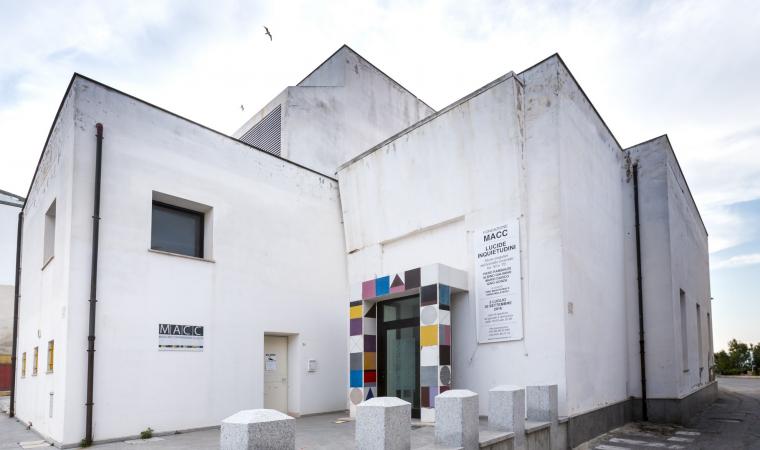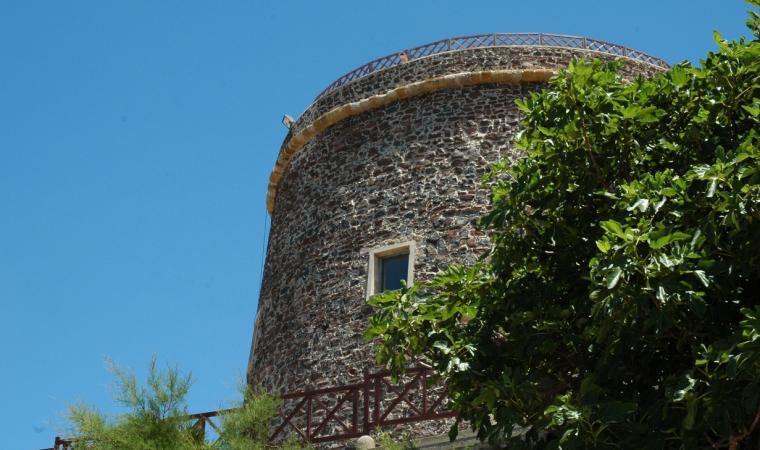Not merely an exhibition space, but above all a journey into the legacy of the local community, explaining the history of the lagoon, the traditional crafts of the shipwright and the fisherman and the signals they used as their seafaring code. The Museum of the Sea and Shipwrights is housed on the premises of the former slaughterhouse of Sant'Antioco, along the picturesque seafront of the main town of the island bearing its name.
An integral part of the museums dedicated to the sea and navigation of the waters of the four smaller islands of Sardinia - Sant’Antioco, Carloforte, Asinara and La Maddalena – this museum is home to the cultural traditions and legacy of the ancient craft of the shipwright, the men who designed, constructed and maintained both the fishing boats and those used to ferry locals from one island to another, as well as transporting the minerals extracted from the nearby mines.
The axe is the main tool the masters used to expertly adapt every single plank of wood to exactly where it should go, using their trained eyes to identify the perfect piece of wood for each type of boat. In addition to the figure of the 'master', still today included in the navigation code, the exhibition tells the story of the environment of the Santa Caterina lagoon, of the Antiochian fishermen and the salt marshes, and will teach you about the flora and fauna of the wetlands. Thanks to transparent canoes you will be able to explore the depths of sea alongside the seafront, simulate the construction of a ciu, a typical vessel used for fishing on the lagoon, and search for - by virtual means - the pinna nobilis, the largest bivalve in the Mediterranean, from which byssus (a flax fibre) is obtained, a textile fibre whose processing represents one of the manufacturing traditions of the town. You will also enjoy the room dedicated to the maritime lights, lighthouses and watchtowers of Sardinia.
The MuMA is also home to the Sant'Antioco Environmental Education Centre for Sustainability, where excursions, educational activities, workshops and school camps are periodically organised. You can combine your visit to the museum with an excursion to the lagoon: a naturalistic oasis covering some 700 hectares, rich in plant species and aquatic birds, and where pink flamingos reign.
Sant’Antioco is a veritable mine of archaeological treasures: you will visit the catacombs upon which the basilica dedicated to the patron saint of Sardinia was built, the Ferruccio Barreca Archaeology Museum with its adjacent Phoenician tophet, the acropolis and a Punic necropolis. And there is no lack of beautiful beaches here either: on the eastern coast you’ll find Maladroxia and Coaquaddus, to the south Turri and Peonia Rosa, on the western side Cala Sapone and the fascinating natural landmark of is Praneddas, known also as the Arch of Kisses. And, finally, to the northwest, gorgeous seascapes await you on the shore of the island’s other town, Calasetta.

